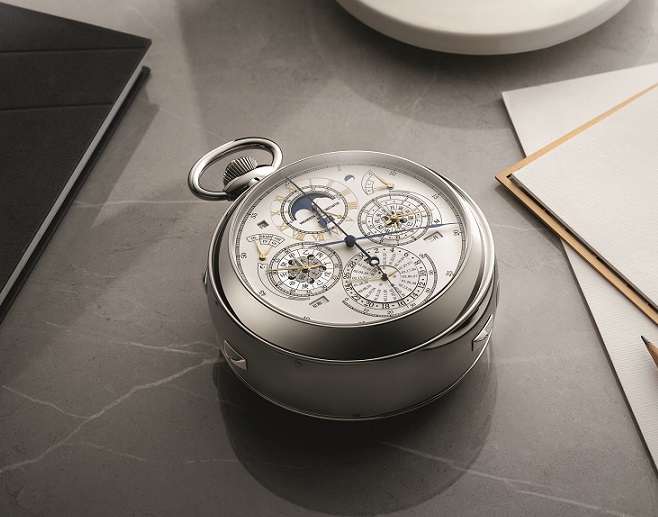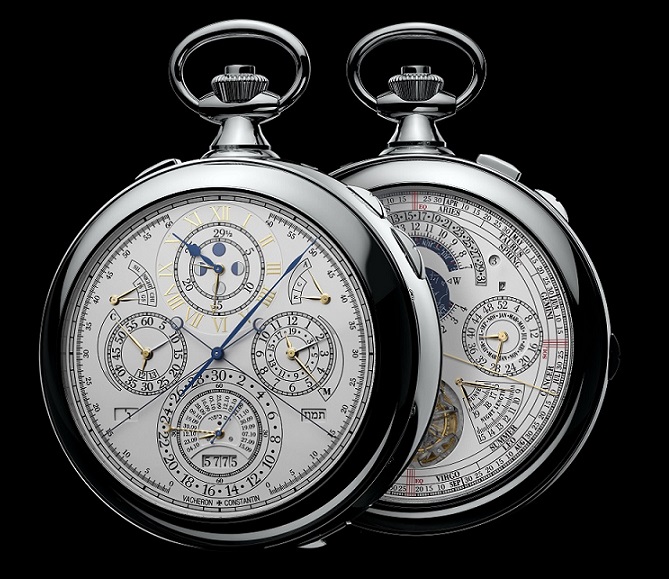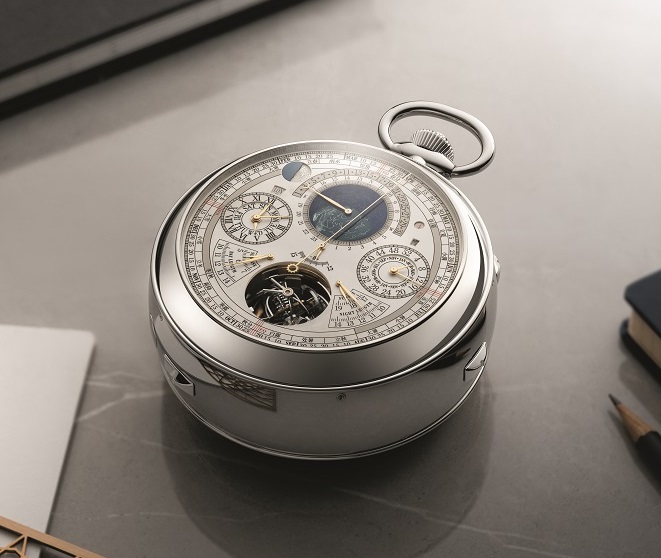Vacheron Constantin Cabinotier The Berkeley Grand Complication

High-end watch manufacturer replica Vacheron Constantin was at the center of attention with an unexpected novelty at this year’s Watches & Wonders. Ref. released in commemoration of the 260th anniversary of its founding in 2015. The world’s most complex mechanical watch, surpassing the record of 57260, has been unveiled. Industry insiders were very interested in the fact that the novelty, which was announced by surprise without any prior notice, was such a remarkable work.

Les Cabinotiers – The Berkley Grand Complication is the previous Ref. It is like Siamese twins extending from the same stem as 57260. In fact, both timepieces were created by one client. James W. Packard, an American automobile manufacturer who commissioned Vacheron Constantin to produce a watch named after him (production completed in 1918), and Henry, an American financier who commissioned a supercomplication from Patek Philippe in the 1930s. He is said to be a passionate watch lover and collector comparable to Henry Graves. This mysterious client, known only as ‘Berkeley’ and an American businessman and philanthropist, is said to have been collecting rare replica watches from various maisons for nearly 50 years. In particular, he has a special affection for Vacheron Constantin, and he is very fond of collecting grand complication pocket watches, so much so that he even participated in an auction and owned a rare unique piece of Vacheron Constantin made for King Farouk I of Egypt in 1946. I’m serious. As a result, at his request, three master watchmakers from the Vacheron Constantin Cabinottier department have been focusing on producing two types of timepieces since 11 years ago, and in 2015, the Ref. After introducing 57260 first, the other, more complex half, The Berkley Grand Complication, could be released nine years later in 2024.
The previous work, Ref., encompassing 57 complications. If 57260 is centered on the Gregorian calendar (Gregorian calendar), which is the standard for the Western solar calendar, and the Hebrew calendar (Jewish calendar), which boasts a long history of religious background but has been forgotten in modern times, The Berkeley Grand Complication, which condenses 63 complications, is In addition to the Gregorian calendar, it has become the world’s most complex clock, focusing on the lunisolar calendar, which is based on the Chinese calendar. Although some high-end watch manufacturers, such as Blancpain and Parmigiani, are presenting the Chinese perpetual calendar in the form of a wristwatch, The Watch, which integrates rich information covering the 60th century and astronomical references based on a deep understanding of Chinese culture, It can be said that it is the first and final watch of the Berkeley Grand Complication level. Looking back on Vacheron Constantin’s history, it has an even more special meaning because there is no precedent for digging so deeply into the Chinese perpetual calendar. It may be difficult to completely understand this impressive masterpiece, which took 11 years just to develop the watch and over a year to assemble the movement, but we should at least make an effort to understand the mechanisms that make up it and the amazing level of watchmaking technology. Now, let’s take a closer look at the hot novelty.

Since BC, China has traditionally used the luni-solar calendar, which supplements the solar calendar based on the lunar calendar. Because the lunisolar calendar is 11 days shorter than the solar calendar, the Chinese calendar follows the Meton method, which has seven leap months in a two- or three-year cycle. The Meton cycle, named after Meton, a Greek astronomer who was active in the 5th century BC, is a lunar month of 235 months (the time from one new moon to the next new moon, about 29.5 days) over a 19-year regression year, also called a lunar month. At the end of this cycle, at 6,940 days (approximately 6939.691 days), the two calendars, the lunisolar calendar and the solar calendar, will coincide perfectly. Depending on the lunar month (lunar month), a normal lunar year consists of 353, 354, and 355 days, and a leap year consists of 383, 384, 385 days, and so on. In addition, considering that the Lunar New Year, which marks the beginning of the lunar calendar, fluctuates between January 21 and February 21, it is a very irregular and complicated system.